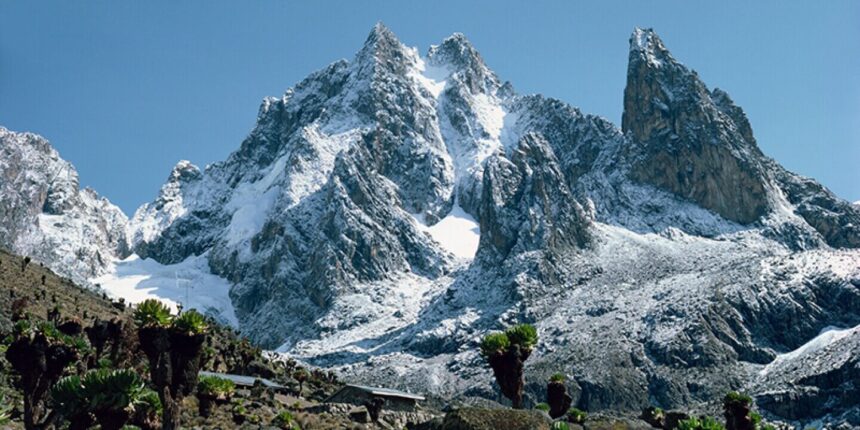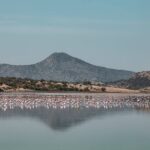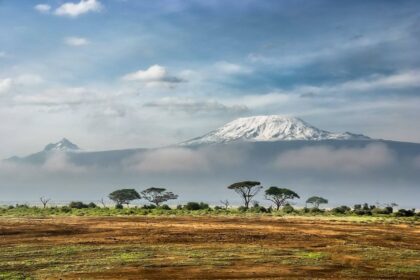In this blog post, we’ll take a look at the ten highest mountains in Kenya.
Kenya is a country of contrasts and extremes. The country boasts various landscapes and ecosystems, from the parched deserts of the north to the steamy jungles of the south.
And, of course, Kenya is home to some of the tallest mountains in Africa.
The Top 10 Highest Mountains in Kenya
Here are the top 10 highest mountains in Kenya.
1. Mount Kenya
Elevation: 5,199m
Location: Former Eastern and Central Provinces of Kenya
Range: Mount Kenya.
Mount Kenya is the tallest mountain in Kenya and the second-tallest mountain in Africa (after Tanzania’s Mount Kilimanjaro). The mountain is located in central Kenya, about 193 km northeast of Nairobi.
Mount Kenya is an extinct volcano, and it is comprised of three distinct peaks:
- Batian – 5,199 metres
- Nelion – 5,188 metres
- Point Lenana – 4,985 metres
The mountain is also one of Africa’s most popular trekking destinations, with thousands of visitors each year climbing to the main summit, Point Lenana.
The most popular route is the Naro Moru Route, which starts at the Naro Moru River Gate and ascends to Point Lenana via the Mackinder Valley.
Mount Kenya is also an important cultural site for the local Kikuyu people, who believe that the mountain is the home of their god, Ngai.
2. Mount Elgon
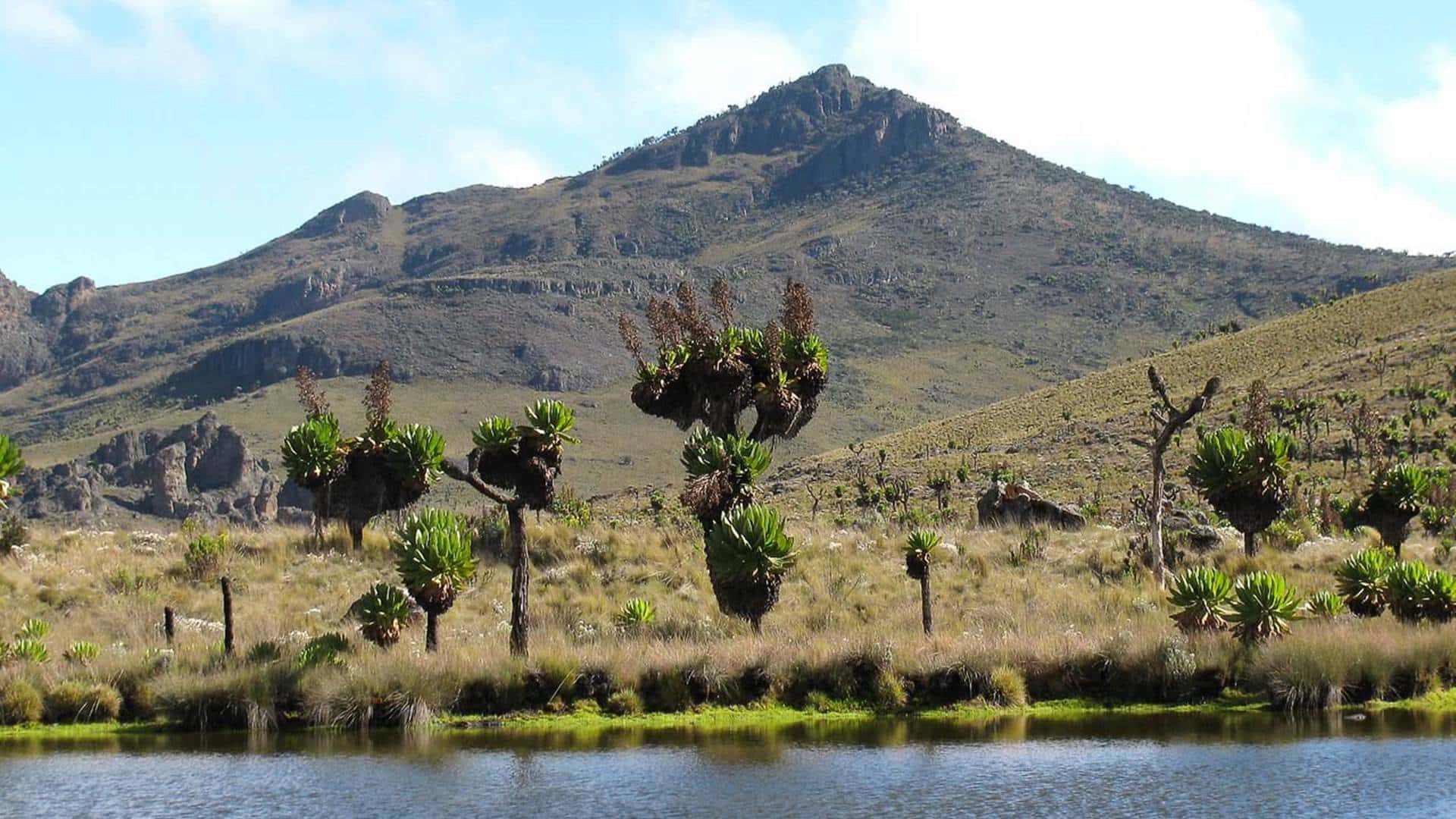
Elevation: 4,321 m
Location: Westen Province of Kenya and Eastern Province of Uganda
Range: Mount Elgon
Located on the border between Uganda and Kenya, Mount Elgon is a massive stratovolcano with several climate zones that offer hikers different challenges.
The summit region is cold and eerie because it is permanently covered in clouds.
However, lower down on the mountain, there are rainforests that team with wildlife. The mountain has five distinct peaks:
- Wagagai – 4,321 metres
- Sudek – 4,302 meters
- Koitobos – 4,222 metres
- Mubiyi – 4,211 metres
- Masaba – 4,161 metres
Mount Elgon is Africa’s eighth-highest mountain and Kenya’s second-highest mountain. The mountain was formed about 24 million years ago and is now considered dormant.
The mountain is home to various wildlife, including elephants, leopards, and buffalo.
Mount Elgon is also an important water catchment area, with several rivers originating on the mountain, including the Nzoia River, which flows into Lake Victoria.
There are several trekking routes up Mount Elgon, the most popular of which is the Sasa River Trail, which starts at the base of the mountain in Uganda and ascends to Wagagai Peak.
The mountain is also an important cultural site for the local Bagisu people, who believe the hill is the home of their god, Masaba.
Read also: 25 Best Picnic Sites in Nairobi in 2022
3. Mount Satima
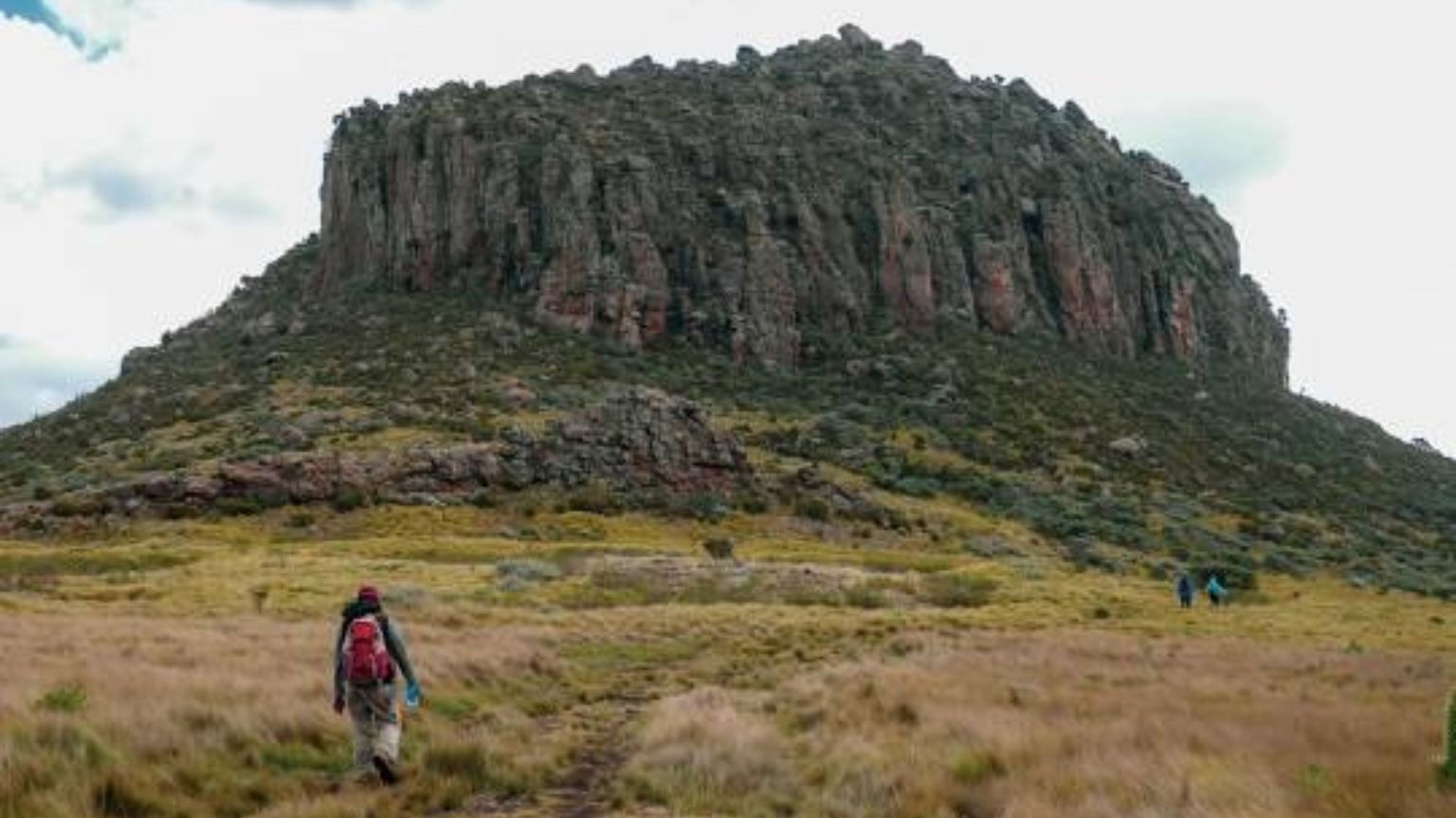
Elevation: 4,162 m
Location: Central Kenya
Range: Aberdare Range
Mount Satima is the third-highest mountain in Kenya and the ninth-highest mountain in Africa.
The mountain is located in central Kenya, about 100 km north of Nairobi. The mountain is part of the Aberdare Range, a chain of mountains that runs through central Kenya.
The Aberdare Range is part of the Great Rift Valley, valleys, and mountains extending from Africa to Asia.
Mount Satima is composed of two volcanic cones connected by a saddle.
The older of the two cones is believed to be about 3 million years old, while the younger cone is thought to be around 1 million years old.
The mountain has been inactive for many centuries, and its last known eruption occurred in the early 16th century.
Today, Mount Satima is a popular destination for trekkers and climbers from all over the world.
4. Mount Kinangop
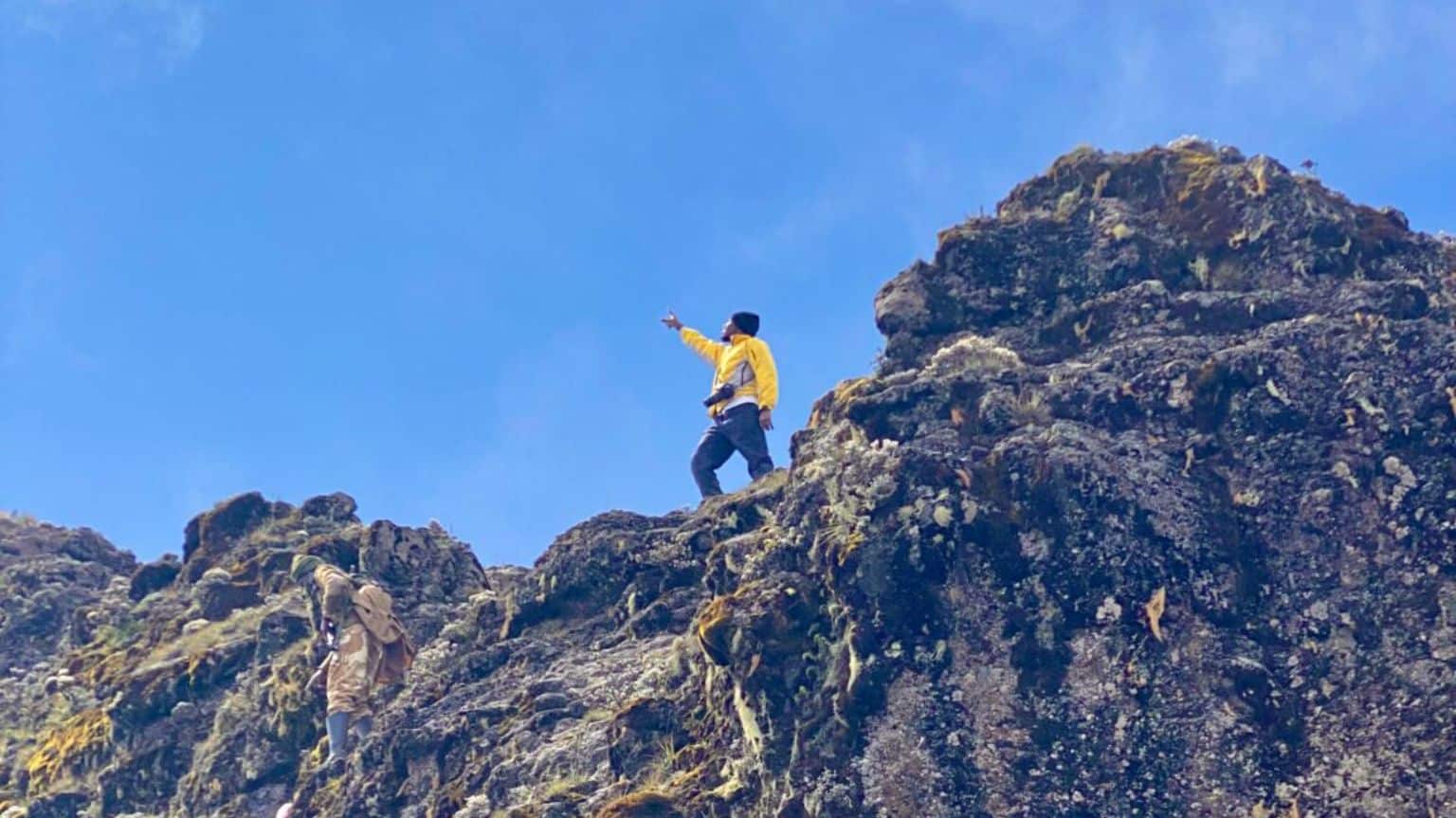
Elevation: 3,906 m
Location: Central Kenya
Range: Aberdare Range
At 3,906 meters, Mount Kinangop is the second highest peak in the Aberdare Range, after Mount Satima. The mountain is located in the Southern Aberdare Range, about 160 kilometers north of Nairobi.
Despite its relatively low elevation, Mount Kinangop is a popular destination for hikers and mountaineers due to its scenic views and challenging trails.
The mountain is part of the Aberdare Range, which forms a natural boundary between the Rift Valley and the central plateau.
Mount Kinangop is a popular destination for hikers and climbers who come to enjoy the stunning views and challenge themselves on the summit trail.
The mountain is also an important watershed, with several rivers and streams flowing from its slopes.
These waters provide a vital source of water for local communities and wildlife.
However, deforestation and habitat loss have threatened the mountain in recent years. As a result, conservation efforts are underway to protect this unique ecosystem.
5. Cherangani Hills
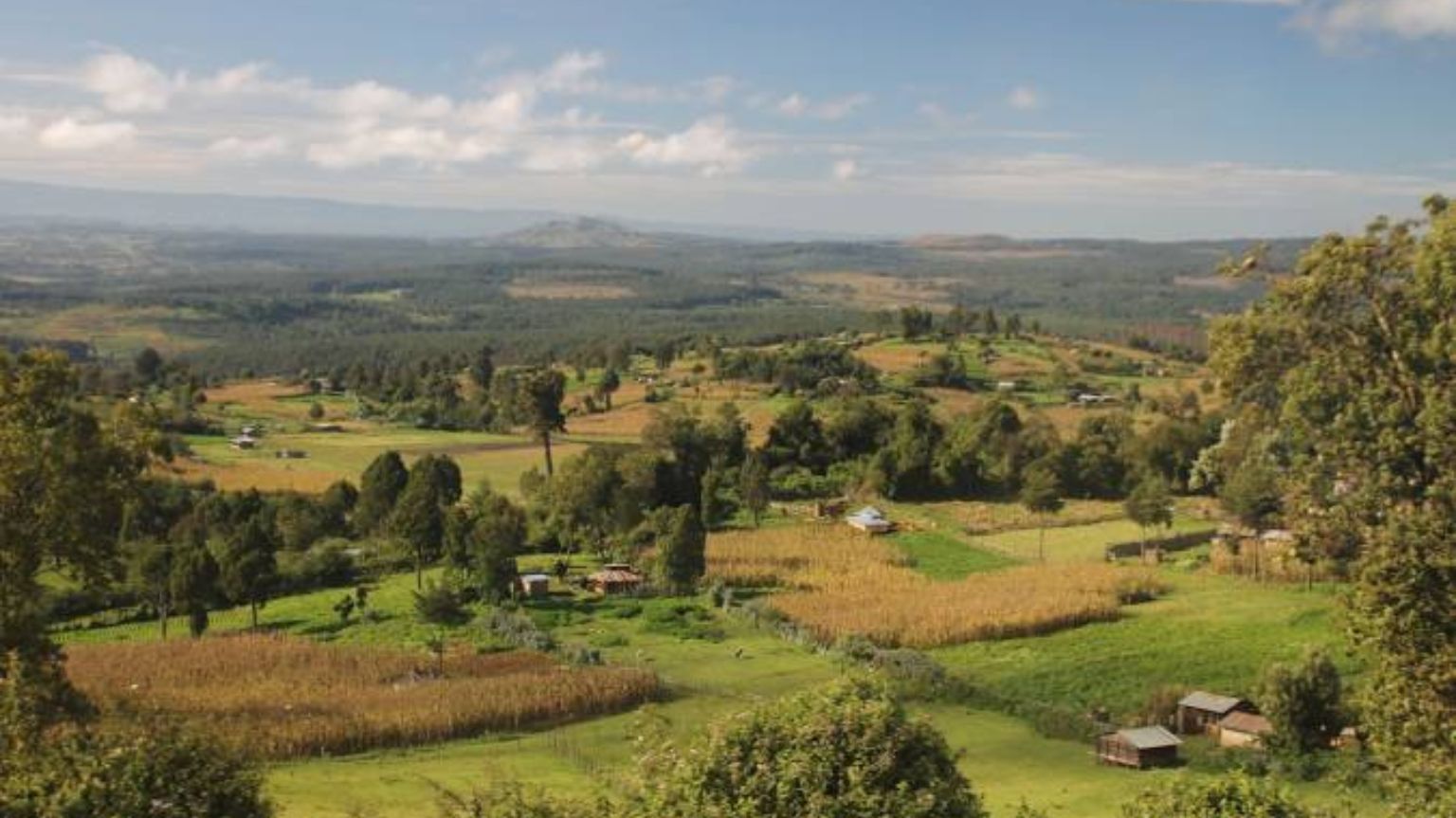
Elevation: 3,001m
Location: Northwestern Kenya
Range: Cherangany Hills
The Cherangani Hills are a mountain range in western Kenya. They are part of the greater Eastern Rift Valley, extending from the Red Sea north to Mozambique south.
The Cherangani Hills were formed over millions of years due to tectonic activity.
The range is also an important water catchment for the region, with several rivers originating from the Cherangani Hills.
In addition, the Cherangani Hills are home to a diverse array of flora and fauna, including several rare and endangered species.
Despite its remote location, the hills are also a popular tourist destination, offering scenic views and numerous hiking and camping opportunities.
The highest point in the range is Nakugen, which reaches 3,530 meters (11581 feet). Other peaks include:
- Chemnirot – 3520m
- Kameleogon – 3500m
- Chebon – 3375m
- Chepkotet – 3370m
- Karelachngelat – 3350m
The Cherangani Hills are an essential part of Kenyan history and culture and play an important role in the country’s economy.
6. Mount Kipipiri
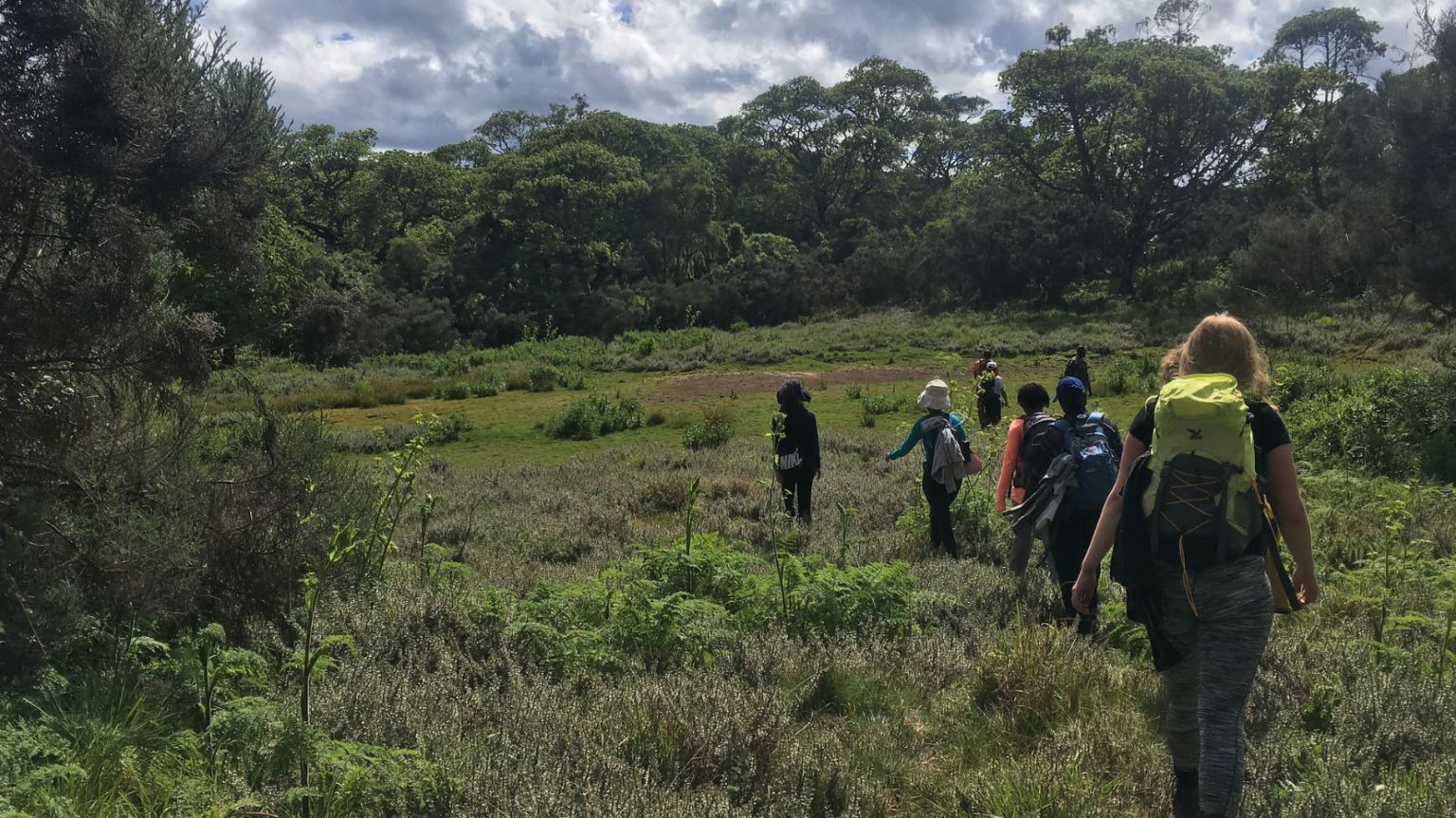
Elevation: 3,889 m
Location: Central Kenya
Range: Aberdare Range
Mount Kipipiri is in central Kenya and part of the Aberdare Range. The mountain was first climbed in 1961. Kipipiri is the sixth highest mountain in Kenya, with an elevation of 3,889 meters.
It is located in the Kinangop Plateau close to the Aberdare Range, which forms part of the Great Rift Valley.
Mount Kipipiri is an extinct volcano; its last eruption is thought to have occurred around 2 million years ago.
Today, the mountain is covered in forests and is home to wildlife such as elephants and buffalo.
Mount Kipipiri is also a popular destination for hikers and climbers who enjoy the summit’s stunning views.
The mountain is challenging to climb, but the rewards are worth it.
7. Mt Mtelo
Elevation: 3,336 m
Location: West Pokot County.
Range: Sekerr Range
Mt. Mtelo is the seventh highest mountain in Kenya, is located in West Pokot County, and is part of the Sekerr Range. The mountain has an elevation of 3,336 meters above sea level.
Mt. Mtelo is an unpopular destination for climbers and hikers due to the state of security surrounding the mountain. The mountain is in an area prone to banditry and gun-slinging cattle rustling.
The Kenyan government has beefed up security recently, but the mountain remains off-limits to most climbers.
Despite the risks, Mt. Mtelo is still an essential part of the Kenyan landscape. Mt Mtelo is more than just a scenic destination; it also has a rich history and cultural significance.
For centuries, the mountain has been sacred to the Maori people and remains an integral part of the Pokot culture today.
If you are looking for an adventure that will take you to some of the most beautiful places on Earth, then Mtelo is worth the risk.
8. Mount Ng’iro
Elevation: 2,848 m
Location: Samburu
Range: Ndoto Range
Mount Ng’iro is the eighth highest mountain in Kenya and is located in the Ndoto Range.
It has an elevation of 2,848 meters above sea level and offers stunning views of the Suguta Valley.
Little is known about the mountain since it is not as popular as some of the other highest peaks in Kenya.
9. Mount Longonot
Elevation: 2,776 m
Location: Nakuru County
Range: Eastern Rift Valley
Mount Longonot is an inactive volcano in the Kenyan Rift Valley. It last erupted in the 1860s and has been dormant since.
The mountain is about 2,776 meters tall and has a crater about 1.8 kilometers in circumference.
The crater is home to many plants and animals, including some found nowhere else in the world.
Mount Longonot is a popular hiking destination, with many hikers attempting to summit the peak each year.
The hike to the top is strenuous but rewards hikers with stunning views of the surrounding area.
If you plan to hike Mount Longonot, pack plenty of water and snacks, and wear sturdy shoes.
The trip can take anywhere from four to six hours, depending on your fitness level. With its stunning views and challenging hike, Mount Longonot is a must-see for anyone visiting Kenya.
In addition to the breathtaking views, the mountain is also home to various wildlife, including monkeys, elands, and buffalos.
In recent years, Mount Longonot has become a popular destination for camping and rock climbing.
With its proximity to Nairobi and its wealth of activities, Mount Longonot will continue to be a popular destination for years to come.
10. Ol Doinyo Orok:
Elevation: 2,548 m
Location: Namanga
Range: Namanga Hills
Ol Doinyo Orok is the tenth highest mountain in Kenya and is located in Namanga, on the border of Kenya and Tanzania.
The highest peak on Ol Doinyo Orok is Enkamuka, which has an elevation of 2,548 meters above sea level and offers stunning views of both countries.
Ol Doinyo Orok is a popular destination for hikers and climbers, as it is one of the few mountains in Kenya that can be climbed without a guide.
It is also an important site for the Maasai people, who have lived in the area for centuries.
However, the mountain is very steep and can be challenging to climb.
If you plan to hike Ol Doinyo Orok, wear proper footwear and bring plenty of water.
Bonus: Ngong Hills
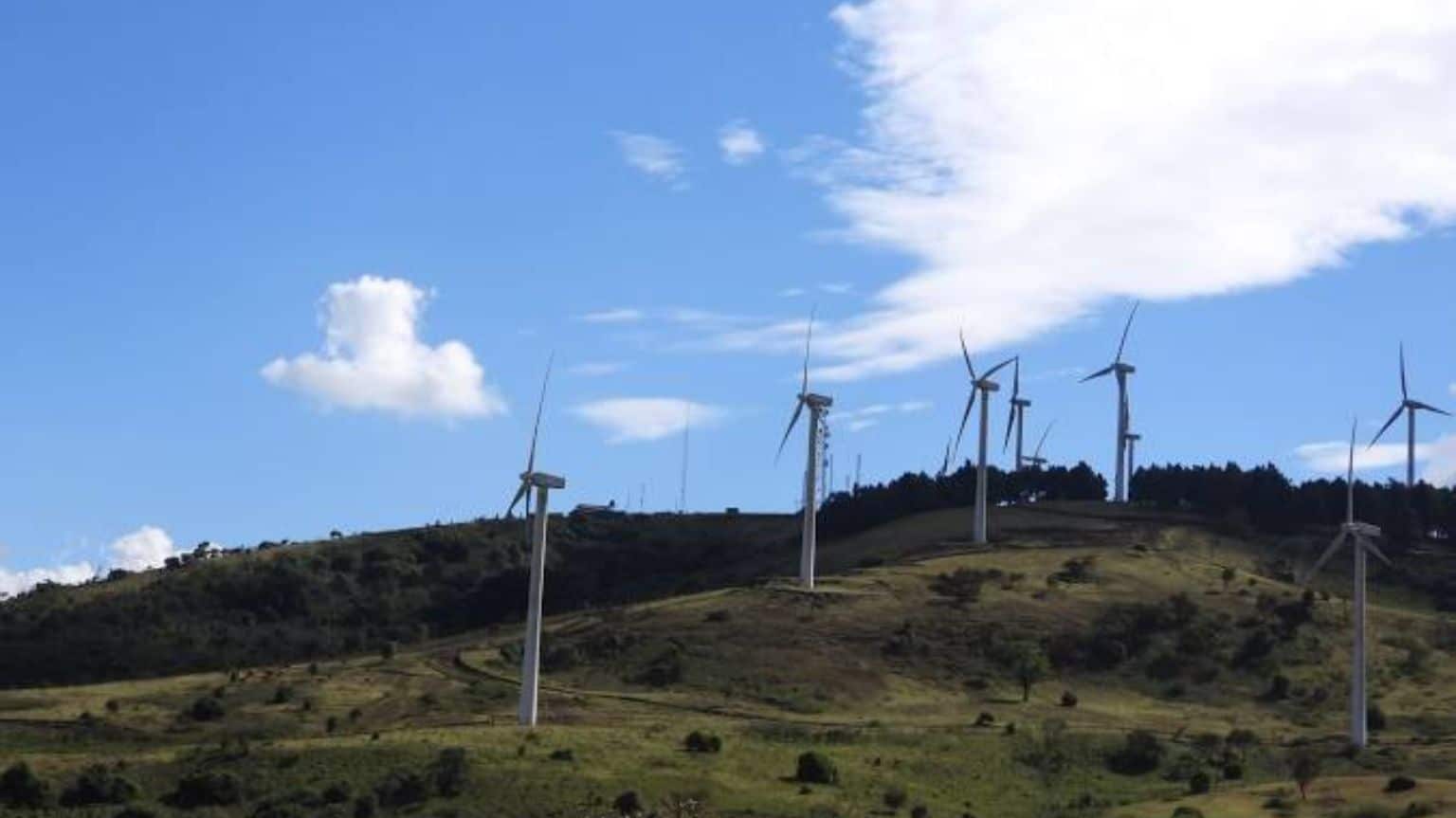
Elevation: 2,460 m
Location: Ngong
Range: Ngong Hills
The Ngong Hills are a series of rugged foothills southwest of Nairobi, Kenya.
The hills are a popular destination for hikers and nature lovers. The Ngong Hills formed millions of years ago when two plates of the Earth’s crust collided.
The resulting pressure created a massive fault line that runs through the center of the hills.
Over time, erosion has sculpted the landscape into its current form, creating a series of steep valleys and jagged peaks.
The Ngong Hills are part of the Eastern Rift Valley, a geological formation that includes several other mountain ranges in East Africa.
The Ngong Hills are home to various plant and animal life, including several species found nowhere else on Earth.
In addition to their natural beauty, the Ngong Hills offers visitors an opportunity to experience a truly unique ecosystem.
The Ngong Hills was featured in the movie “Out of Africa,” based on Karen Blixen’s novel.
You may also like: 10 Tips to consider when choosing a holiday destination
Final Thoughts
If you’re looking for an adventure and want to climb one of the highest mountains in Kenya, be sure to add one of the above mountains to your list.
All offer stunning views and a challenging ascent. Tembea Kenya and experience all that this beautiful country has to offer!





